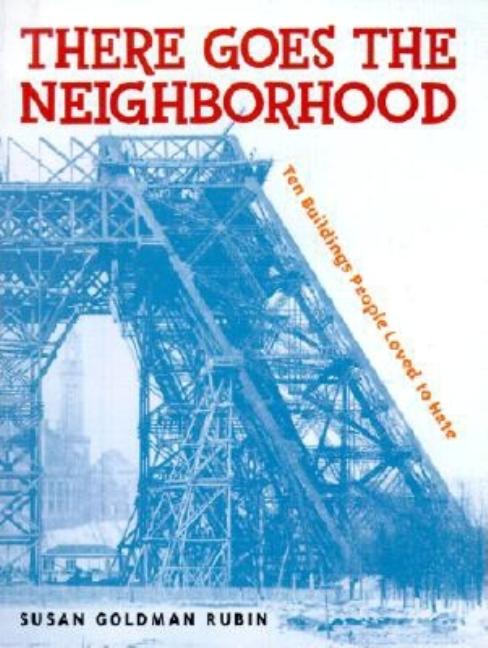Book Description
for There Goes the Neighborhood by Susan Goldman Rubin
From Cooperative Children's Book Center (CCBC)
Throughout history, the neighbors and the public have met great architectural feats like the Eiffel Tower and the Guggenheim Museum with a hue and a cry. Each of the ten buildings featured here inspired a flurry of negative comments before, during, and after construction. The Washington Monument, for example, was compared to a stalk of asparagus, and Mark Twain called it “the memorial chimney.” The derisive nickname used in 1902 for New York City’s Fuller Building is today its common name: the Flatiron Building. And one neighbor hated Frank O’Gehry’s Santa Monica home so much that he fired a shot through Gehry’s living-room window. Some of these buildings were creatively designed to solve real problems: the Walker Community Library in Minneapolis was built underground to save space and energy, for example, and the original McDonald’s restaurants incorporated the golden arches both to attract attention and to express a futuristic look in the 1950s. Others, such as Neuschwanstein Castle in Bavaria, seem to have been exercises in power and ego. No matter the amount of public outcry, all of the buildings included here have attracted hordes of visitors. Perhaps the most amusing of these was author Guy de Maupassant, who dined regularly in an Eiffel Tower restaurant because it was the only place in Paris that didn’t offer a view of the building. (Ages 9–14)
CCBC Choices 2002 . © Cooperative Children's Book Center, Univ. of Wisconsin - Madison, 2002. Used with permission.


